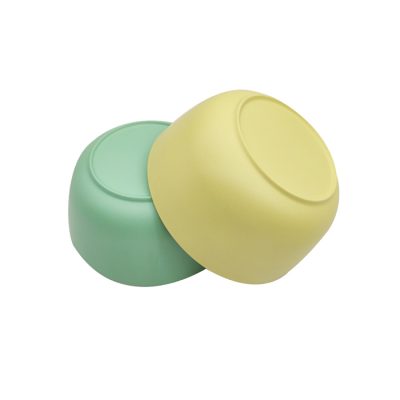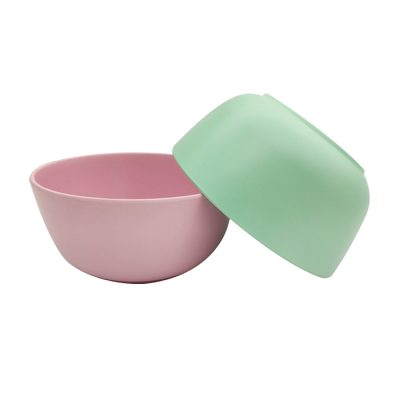Today, I will take you to learn about children’s melamine tableware and the problems that should be paid attention to in daily use.
What is children’s melamine tableware?
Children’s melamine tableware is made of melamine resin powder by heating and pressing. It is a plastic product. Due to its smooth surface and high hardness, it is similar to ceramic tableware. It is also known as melamine tableware. Melamine tableware has the advantages of light weight, beautiful appearance, drop resistance, smooth surface and easy cleaning. Commonly used in the catering industry and children’s catering industry.
Melamine tableware technical indicators
Children’s melamine tableware is made of melamine formaldehyde resin as raw material, cellulose as base material, and additives such as pigments are added. According to the national food safety standard GB 4806.7-2016 “National Food Safety Standard for Food Contact Plastic Materials and Products”, in addition to general physical and chemical indicators, melamine migration and formaldehyde migration are also important technical indicators of melamine tableware.
Are there any safety hazards in children’s melamine tableware in daily use?
Although melamine has dealt a serious blow to the domestic milk powder industry, its use as a raw material for the production of melamine tableware has long been a mature process. The structure of melamine formaldehyde resin is very stable below 120 ℃, and consumers can use children’s melamine tableware with confidence. At the same time, melamine tableware is also a product under market supervision. At present, the quality of children’s melamine tableware sold through formal channels in the market is generally good.
However, it should be noted that some unscrupulous manufacturers and small workshops exchange ideas and use low-cost urea-formaldehyde resin (made with urea and formaldehyde as the main raw materials) as raw materials to produce products. Decomposition releases ammonia and formaldehyde and cannot be used as tableware.






















